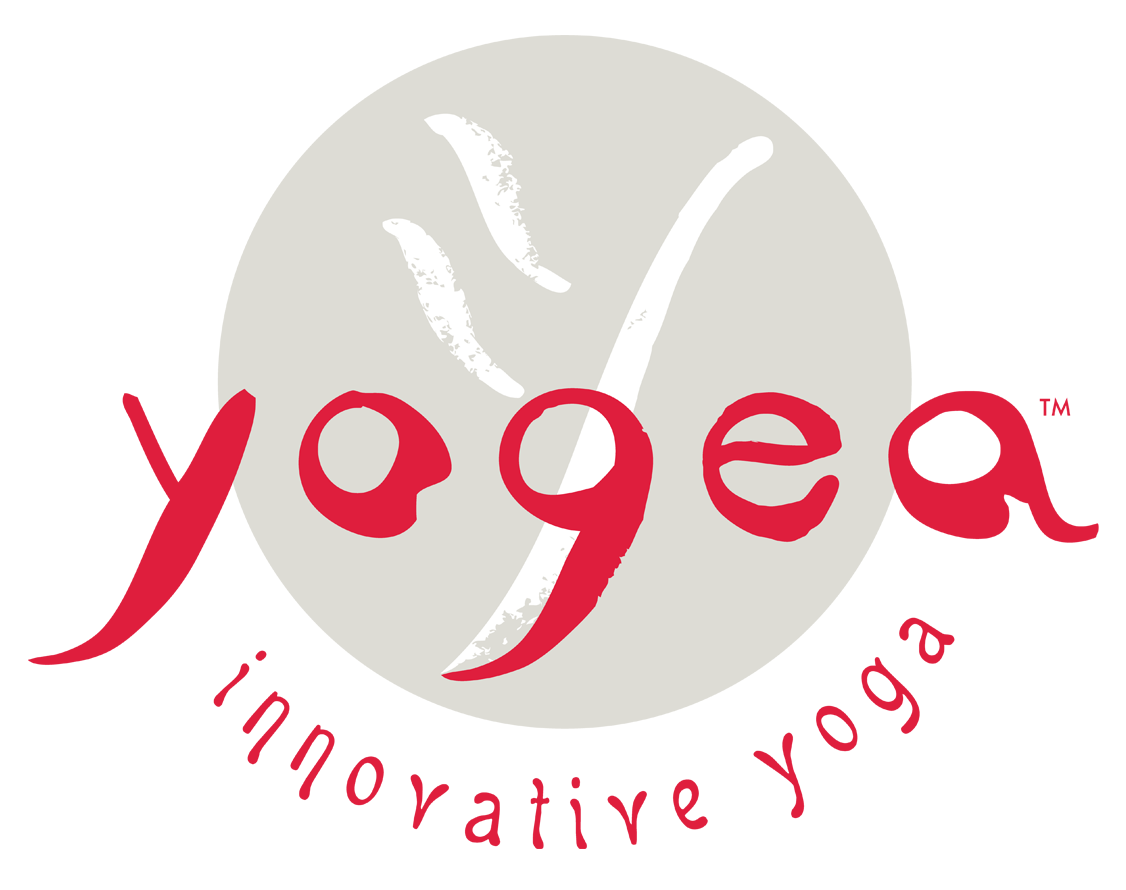Leaps & Bounds
I have been approached by many intermediate Yoga students lately on how to take their practice to the next level. They all want to advance safely and quickly, but seem get lost in the process. What really cut it for me, when I was in transition was realizing that I had to master the building blocks of the craft first and favor principles and safe structure over emulating other advanced student’s postures or following their paths.
The path in yoga is always individual and uniquely different for each one of us. We have no control over when we will be able to jump from one level to the next. And we shouldn’t. What we can take charge of, however, is to learn the basic principles that underlie the practice. When I stumbled some of those principles in my Teacher Training program I felt a sense of renewed purpose and motivation to evolve. These principles are simple and are part of natural physics. When translated to the practice they make all the difference.
It is important to learn them in order, and with time let them become your second nature. The first one is to yield. You always think that grounding is the first things we have to do in a yoga class, but before we ground, we have to remind ourselves to actually yield and give in to gravity. It is a form of receptivity when we allow the body to become a resonator and not an instigator.
The second principle is to anchor down and ground. That is the moment when we feel the support of the Earth, when we trust our instincts and when we feel connected with all around us.
The third principle teaches us to find the center. The notion of center in yoga is not a single point of contact or integration. The center means to tap the natural flow by feeling the vortex movement radiating from the Earth, traveling through the body and hooking up into the sky. “To center” means to connect the Earthly, the human and the divine. It is a point of triple contact. It involves the other two principles of yielding and grounding. We cannot center if we don’t ground, and we cannot earth down if we don’t yield and learn to be more receptive and accepting.
The fourth principle is to support. That is the moment when you hug others and everything else, and allow yourself to be hugged. It is a point of mutual understanding and reciprocity. The support comes when we find the inner compass to integrate all the dimensions and hinge points. It is a point of inquiry when we connect the upper and lower, the foreground and background, the above and the below. It is the state of realization that everything is supported by everything else and we are moving from the core. Literally and figuratively…
The fifth principle is to unify. Of course this is main idea behind all kinds of yoga. But in the context of the practice it is a peculiar juxtaposition of identities, sensitivities and realities. It happens we start to think of the body as an intermediary, rather than a just a physical vessel. As we unify breath with movement, right left, higher and lower, visible and invisible we find the anchor of our identity in the here and now.
The sixth principle is intuitive. It is the breath and the glow that comes from it. It is the quintessential reason to exist and share.
It is the inner radiance that brings out our outer glow and builds the confidence to integrate into the fabric of creation. Integration is a sort of purposeful unity, when you no longer think of bringing things together. They just come together because your center has magnetized them.
This takes us to the source code – our ability to connect from a place of compassion and awe.
Eave these dharma nuggets into your practice and you will discover how you grew leaps and bounds without even noticing!
Intermediate Yoga Routine: Leaps & Bounds
This is an intermediate hip and shoulder opening routine that introduces the energetic and anatomical building blocks of advancing one’s practice. It integrates smooth transitions with innovative compound poses to connect all body parts, and guide you through a safe and invigorating sequencing.

Leave a Reply